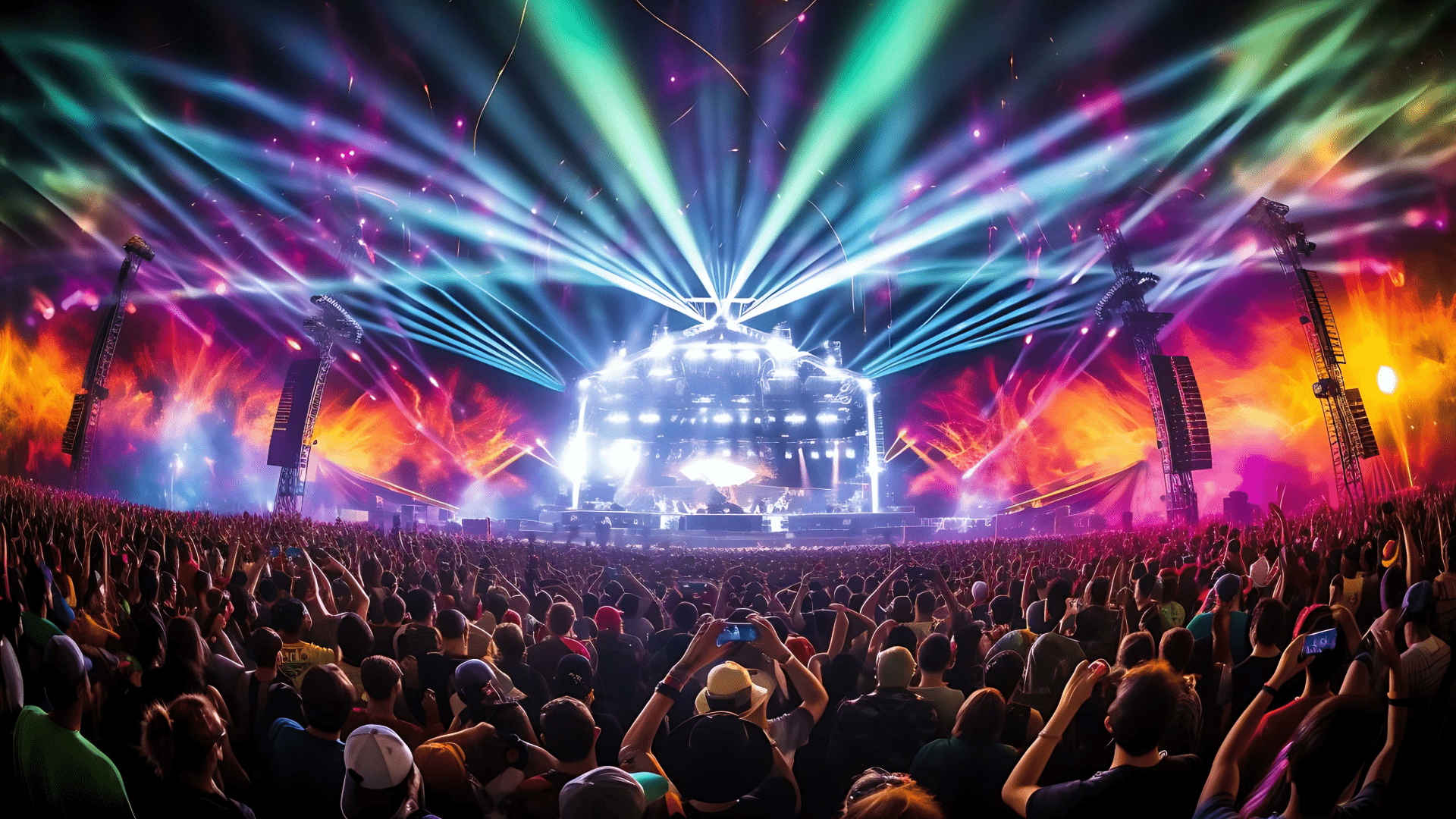Live performances have undergone a remarkable transformation in recent years, evolving from simple presentations of music to immersive sensory experiences that engage audiences on multiple levels. Central to this evolution is the integration of lighting design as a fundamental element of the musical narrative. In this blog post, we’ll explore the journey of live performances as lighting transcends its role as a mere complement and becomes an integral part of the artistic expression, creating a synergistic experience that captivates audiences and elevates the impact of the music.
From Illumination to Integration
Traditionally, lighting in live performances served a practical function, providing illumination for the performers and stage. However, as the boundaries of artistic expression expanded, lighting designers began to explore new ways to enhance the visual dimension of live performances. Instead of merely illuminating the stage, lighting became an active participant in the artistic narrative, shaping the mood, atmosphere, and emotional impact of the music.
Crafting the Visual Landscape
The integration of lighting design into live performances opens up a world of creative possibilities, allowing designers to craft dynamic visual landscapes that complement and enhance the music. By manipulating colour, intensity, movement, and texture, lighting designers can evoke a wide range of emotions and create immersive environments that transport audiences to new realms of experience. From subtle shifts in lighting to dramatic lighting cues synced with the music, every element is carefully orchestrated to create a seamless fusion of sight and sound.
Enhancing the Musical Narrative
In the modern era of live performances, lighting design is not merely a backdrop but an active participant in the musical narrative. By synchronizing lighting cues with the ebb and flow of the music, lighting designers can accentuate key moments, highlight thematic elements, and evoke powerful emotions in the audience. Whether it’s a crescendo of light and sound during a climactic musical passage or a subtle interplay of shadows and colours in a reflective ballad, lighting becomes an essential tool for shaping the listener’s experience and deepening their connection to the music.
Creating Synergy and Immersion
The true magic of integrating lighting design into live performances lies in its ability to create synergy and immersion, where every element works together harmoniously to transport audiences on a transformative journey. As performers and lighting designers collaborate to bring their artistic visions to life, the boundaries between music, visual art, and storytelling blur, creating a multi-dimensional experience that engages the senses and sparks the imagination. In this immersive environment, audiences are not merely spectators but active participants in the creation of the performance, forging a deep and lasting connection with the music and the artists.
Pushing the Boundaries of Creativity
As technology continues to advance, the possibilities for lighting integration in live performances are limitless. From state-of-the-art LED fixtures and projection mapping to interactive lighting systems and immersive virtual environments, the tools available to lighting designers are constantly evolving, allowing them to push the boundaries of creativity and innovation. With each new technological breakthrough, live performances are transformed into ever more dazzling and immersive spectacles that challenge our perceptions of what’s possible in the realm of artistic expression.
Conclusion
The evolution of live performances through lighting integration represents a profound shift in the way we experience music and visual art. By embracing lighting as an integral part of the artistic narrative, performers and lighting designers are able to create synergistic experiences that captivate audiences and elevate the impact of the music. As technology continues to advance and creative boundaries are pushed ever further, the future of live performances holds endless possibilities for innovation, creativity, and immersion.


